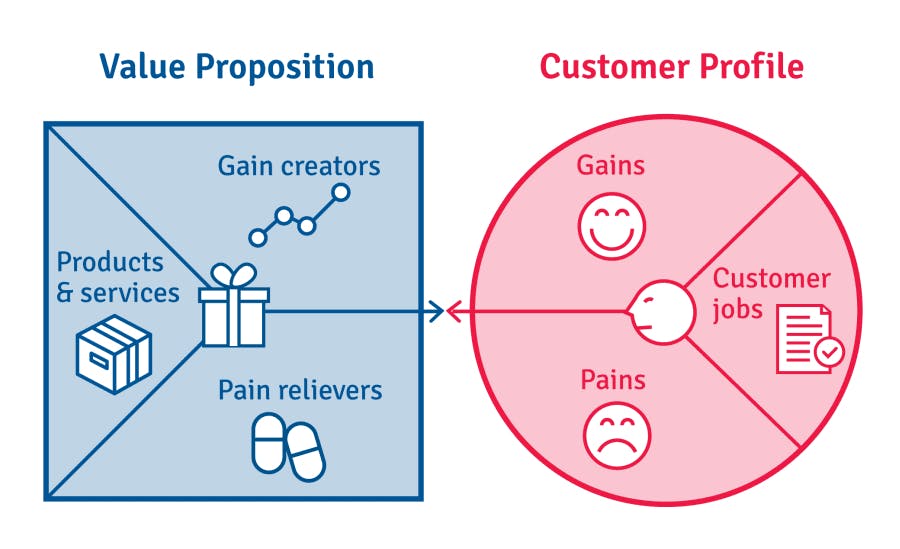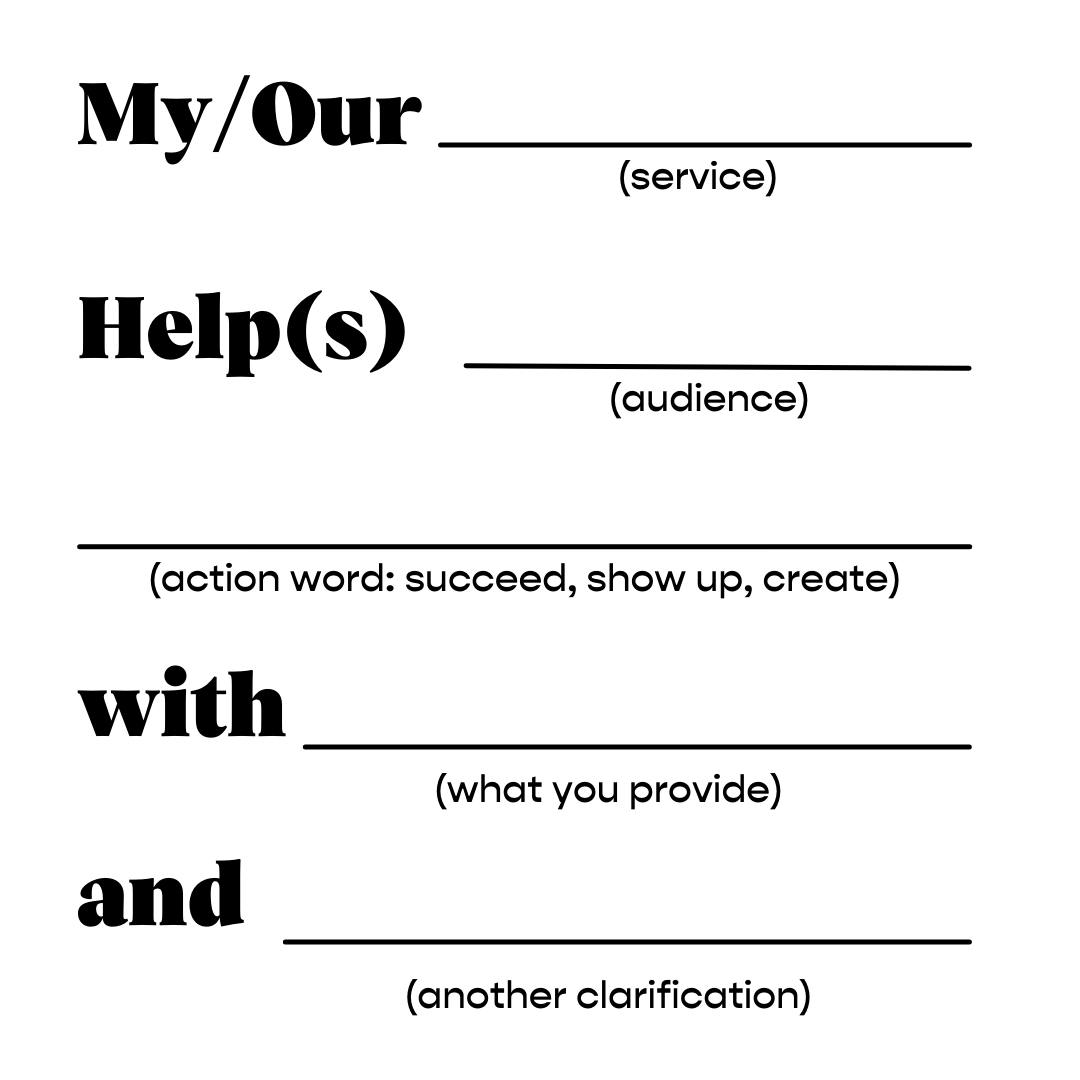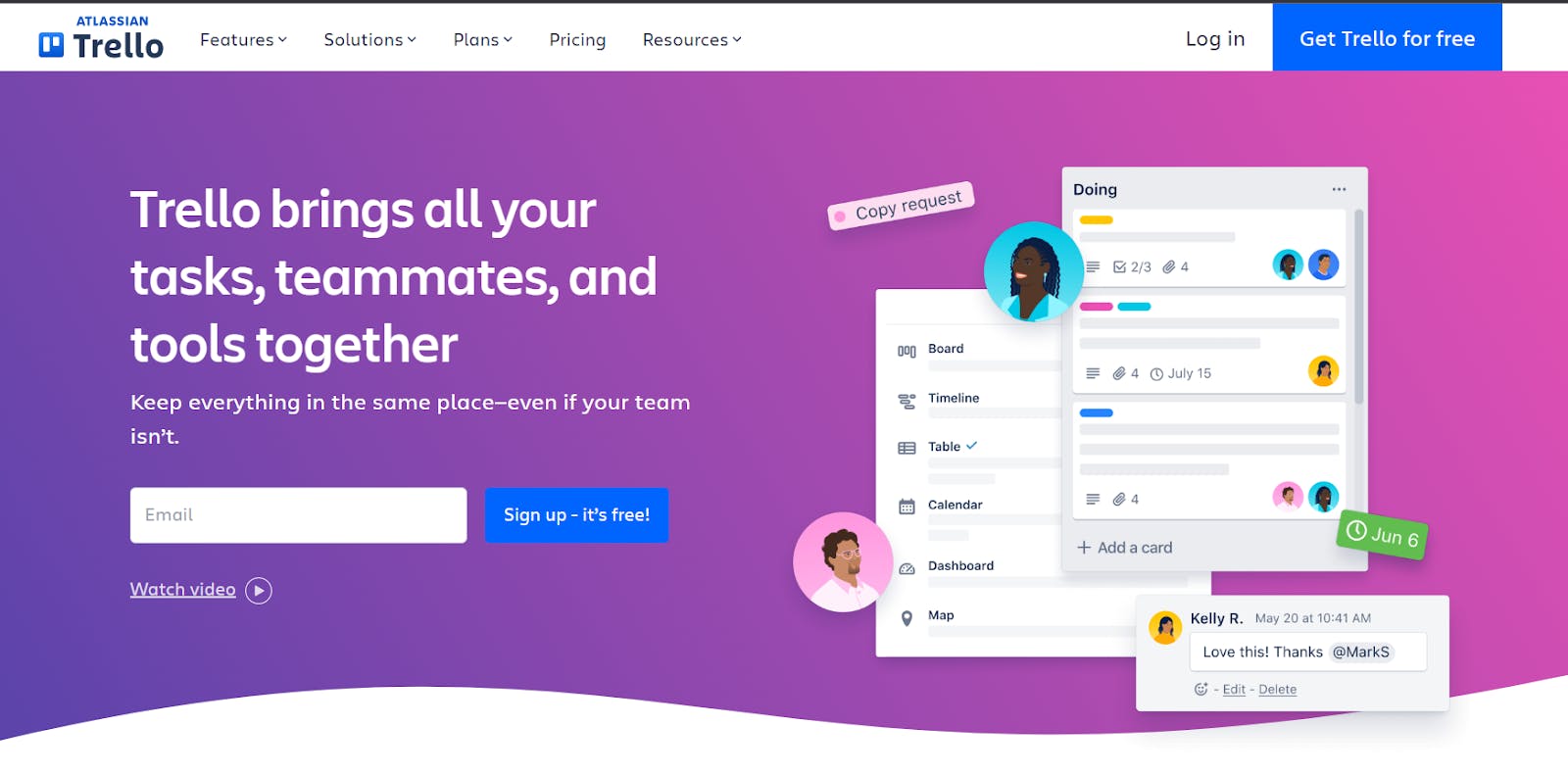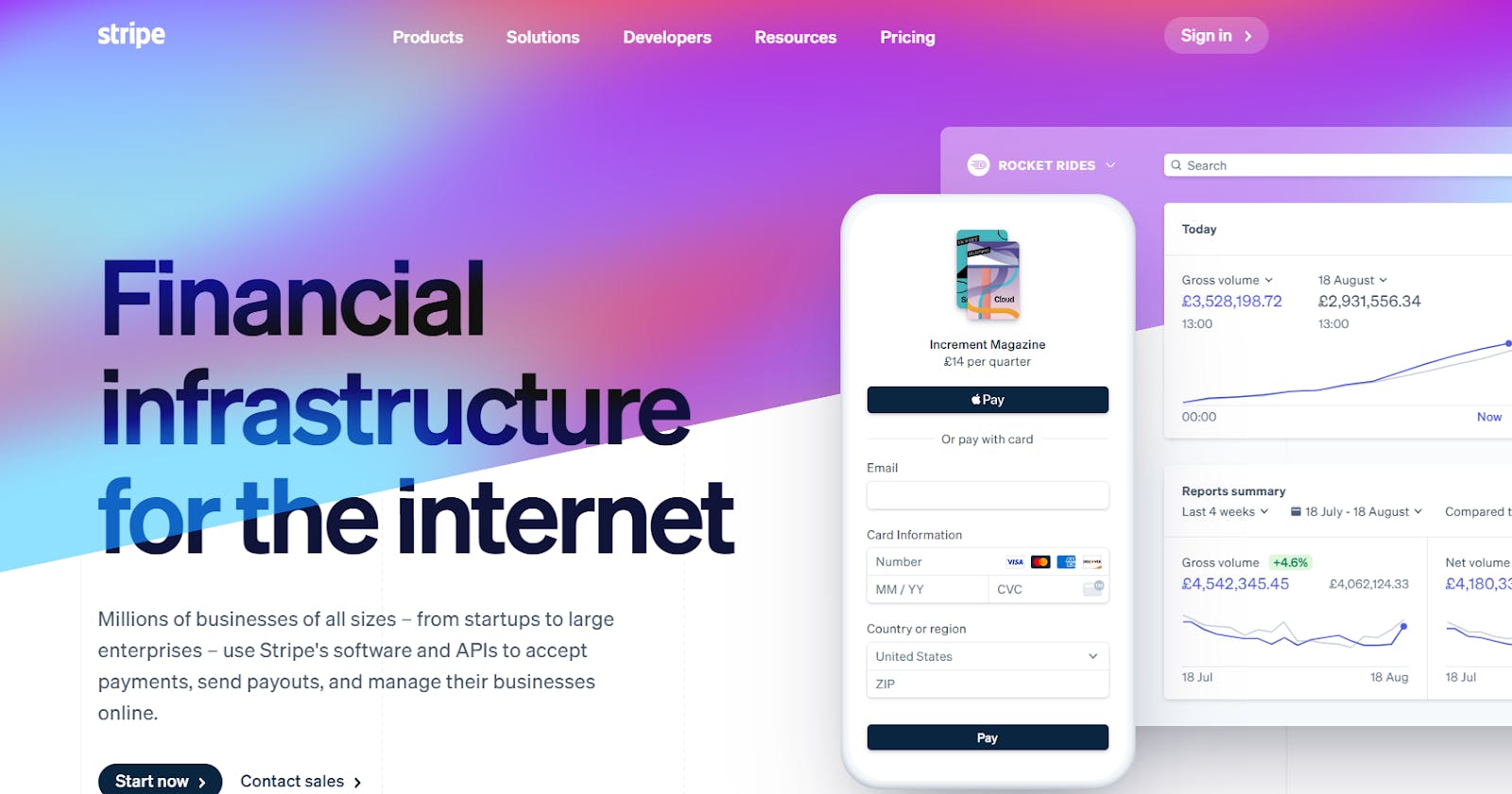Value proposition: definition and how to write it with examples
Apr 18th, 2023

Your product might be great, but without a clear value proposition, your consumers could never understand why. Even worse, a poor value proposition may mislead or confuse potential customers who may be in dire need of your products and services. In contrast, a compelling value proposition combines your product's positioning and advantages while clearly outlining its specific, useful, and required features.
One of the essential marketing activities is to demonstrate the value of your business and products convincingly. A value proposition can encourage consumers to choose your brand above the other options and differentiate your business from the competition. Plus, with a strong value proposition, you can improve your conversion and enhance your multichannel marketing techniques. In this article, we'll go through all you need to know to develop a great value proposition.
What is a value proposition?
A value proposition is a concise message that summarizes the advantages a business offers consumers who purchase its products or services. It is more than the characteristics of the product or service. It is a precise solution and the promise of value that consumers might expect from a business. Moreover, a value proposition typically addresses a customer’s issue and presents a business as a problem solver. This statement is a clear justification for a client to purchase a product or service from that specific business.
It is what attracts buyers to your products. An effective value proposition satisfies three requirements: it is specific, pain-focused, and unique. It implies that value proposition describes the advantages received by a target customer, explains how the product would improve their lives and solve the problem, draws attention to competitive edge, and distinguishes the brand from the rivals.
As a result, a value proposition should be viewed as a strategy for attracting clients, earning their loyalty, positioning the business in the industry, increasing sales, and eventually gaining a competitive advantage. In addition, you can include a value proposition in different parts of your entire marketing strategy. However, many companies make it the centerpiece of their home page.
Customer value proposition vs employee value proposition
An employee's value proposition, or EVP, is the particular set of advantages people get in exchange for the knowledge, skills, and experience they contribute to a company. EVP describes the core values and distinctive characteristics of your business. It covers the primary reasons, such as a compelling vision or unique environment for which employees feel proud of the company and are motivated to work there. Moreover, a strong employee value proposition helps companies stand out, attract top candidates, and retain talented staff members on board.
EVP is pretty comprehensive and comprises a wide range of topics, including your culture, mission, values, possibilities for professional advancement and training, as well as the dress code and work hours required of employees. When writing EVP, employers frequently mention factors like income and benefits, but they also emphasize technology, remote work, and flexible scheduling.
While the term customer value proposition or CVP refers to a strong argument for why a person should purchase a specific product or service, EVP outlines the most persuasive factors that influence an employee’s decision to join and stay with a company. In contrast to the employee value proposition, CVP is developed by a marketing team and communicates what distinguishes your brand or product from other offerings in the market. Thus, instead of discussing employee benefits, it highlights market differentiators.
Therefore, both customer value proposition and employee value proposition demonstrate why people should choose the company over the competitors.
How to write a value proposition
If you have never written a value proposition, creating one may seem overwhelming. However, you can develop a compelling value proposition that supports your marketing strategy by following several crucial steps and paying attention to some key points.
Research potential customers
Understanding your potential clients is the first step toward creating a persuasive value proposition. You need to consider demographic, behavioral, and geographical factors as well as needs and interests. It will help you develop ideal customer personas or fictional profiles of consumers you want to attract.
There are three components of the consumer profile: jobs, expectations, and pain points. Customer jobs are the objectives of your service or product from the consumer’s perspective. To define customer jobs, you must understand the issue your client is attempting to resolve with your product or service or the task a customer wants to complete. Expectations refer to what your consumers achieve from purchasing the product from the company. Finally, pain points are specific problems or negative emotions consumers experience when doing customer jobs.

As a result, you can create three personas or fictional individuals who represent the most crucial customer segments you want to draw in. Your personas will help you imagine the target audience so that you can create brand messaging and marketing strategies that will appeal to them.
Run a competitive analysis
Research your competitors in the market to explain your differences and why they matter to your customers. It will allow you to understand how competing brands promote their offerings so that you can set your business apart. In addition, you will be able to see what makes your product unique.
Once you identify the benefits your rivals offer, you can focus on finding their weak points that you can later turn into a competitive advantage. For example, OnePlus discovered Apple's flaw of a fast-depleting battery. As a result, the company successfully gained a sizable portion of the market by introducing ultra-fast charging.
Identify your benefits
Your clients have problems they want to solve and objectives they wish to accomplish. When developing your value proposition, consider how your products will ease their pain and advance their goals. It would be useful to analyze what prospective clients do on a typical day and how their requirements are related to your products and services.
You should consider more than only the financial, practical, or time benefits that consumers receive when choosing your solutions over the alternatives. For example, the functional benefits of your product might be a user-friendly interface and automation. In contrast, emotional benefits include a feeling of confidence that consumers get when using your product.
Create a compelling message
To write a strong value proposition that increases conversion rates, you should adhere to the following formula. It consists of four key elements: headline, sub-headline, features, and imagery. A headline summarizes the advantage you are offering, sub-headline or paragraph outlines what you are offering and why. Features comprise the attributes or benefits of your product or service. Finally, imagery displays a picture or video that supports your CTA.
Then create a clear message that explains why buyers should choose you over a rival. Besides the four key elements, your value proposition should list the advantages and characteristics your product or service offers, demonstrate how these advantages would be useful to your consumers, and identify the main customers’ pain points. Moreover, the value proposition should relate the problem’s solution to your product or service and explain how your brand differs from the competitors. The value proposition canvas is an example of an excellent framework that may help guide the team through the process of understanding the jobs, pains, and gains and creating the right solutions to those.
There is a simple value proposition formula that you can start with: I help [target audience] to [accomplish result/solve a problem] by [product/service]. Your value proposition should be at most two or three sentences. Every word should either increase clarity or strengthen your key selling point.

Test your value proposition
The secret to discovering the best value proposition for your company is to test many iterations and analyze customer reactions. For example, you can test a value proposition with your target audience using different marketing channels, such as websites, social media pages, and in-person contacts. Then, see if you can make any other changes to the language, the flow, and ultimately the message. Once you identify the variant that performs better than the others, monitor the impact on your KPIs. Then you can conduct a few simple tests to check whether you can make any additional improvements.
First, start with a 5-second test. Talk to people who are not familiar with your business. Show them your value proposition and then ask them to explain what they think your company is offering, describe your target audience, and the reasons to purchase the product. They should understand what you are selling and be able to explain it to you. It would be even better if they could determine the target market and explain why they would find your product interesting. You may need to make some changes if they don't grasp the concept behind your offer and can only quote back the terminology from the value proposition.
If your offering is extremely niche and the typical consumer needs help understanding some terms or ideas that make up your value proposition, you can run the other test with your target audience. Demonstrate the statement to your potential customers and ask them about the company’s offering, target consumers, benefits, problems that the offering can solve, and any aspects of the value proposition that can bring up concerns.
Finally, you can use A/B testing to improve the value proposition and raise your website’s conversion rates. You may use this technique to experiment with various elements of your value proposition. A/B test demonstrates two versions of your web page to the user, and conversion data and statistics are analyzed to evaluate which version shows better results.
A value proposition should strive to meet a crucial client need and be easily understood. It should also provide the specific outcomes the consumer can expect from your product or service. Lastly, your value proposition should contain points of differentiation and help people understand what makes your company unique.
Value proposition examples
Now you know how to write a value proposition and the components you can use when promoting the product or service. Let us look at some excellent value proposition examples that will help you find some ideas and get inspiration to create the one for your company.
Slack
“Make work life simpler, more pleasant and more productive.”

Slack’s value proposition focuses on use, increased productivity, and enjoyment. In the example, the company employs a brief tagline to draw the user's interest while also showcasing their product and providing a precise summary of what they do. With the "try for free" CTA, Slack also provides an additional booster to attract hesitant users to discover more.
This value proposition targets small, medium, or large business teams. The problem experienced by target customers is the need for communication between the teams in a shared space. Therefore, Slack provides a solution that is quick messaging, the option to create channels, and streamline their workspace and communications.
Grammarly
“Great writing, simplified.”

Grammarly’s headline makes it clear what the company is offering. The concise explanatory phrase summarizes the services provided in terms that are relatable to the target audience. Moreover, one factor distinguishing this value proposition from other marketing techniques is the video that provides a visual illustration of what makes Grammarly so excellent and describes the benefits of using this service.
The company’s target customer is anyone looking to improve their writing. The user’s problem is grammar, formatting, and spelling mistakes. The solution to the problem is AI which highlights any writing flaws and offers enhancements or corrections.
Trello
“Trello brings all your tasks, teammates, and tools together.”

Trello provides online project management software enabling teams to work together and manage their tasks anywhere. The company’s value proposition clearly explains the product and its intended audience and lists features and benefits in the headline. Furthermore, Trello also uses the "sign up, it's free" booster to improve the conversion funnel.
Trello’s customers are business teams of different sizes. The problem is the need for remote teams to communicate while working together and managing projects. Trello provides the solution, a collaboration platform that adapts to the company’s specific requirements to boost productivity and simplify project management.
Stripe
“Financial infrastructure for the internet.”

Stripe is a digital payment solution that positions itself as being simple to use and easily accessible. The company uses more technical language than some of the more straightforward value proposition examples while also creating an excellent case study for financial services marketing. However, it explains what consumers will get from the service in detail.
Stripe’s customers are companies of all sizes. The problem is the necessity to manage the company’s finances, such as sending and receiving payments. The solution is an application that enables companies to send invoices, receive payments, and manage their business in one place.
Even after you've finished developing a value proposition that solves your clients' problems, your work is not over. It is essential to constantly test and improve your CVP to place the best variant on your landing pages and website.
In addition, you may need to reconsider your value proposition as your business and community expand since the greatest CVPs will evolve with your brand, products, consumers, and market trends. You will be able to create a compelling and relevant value proposition if you take into account the customer needs in the first place.
